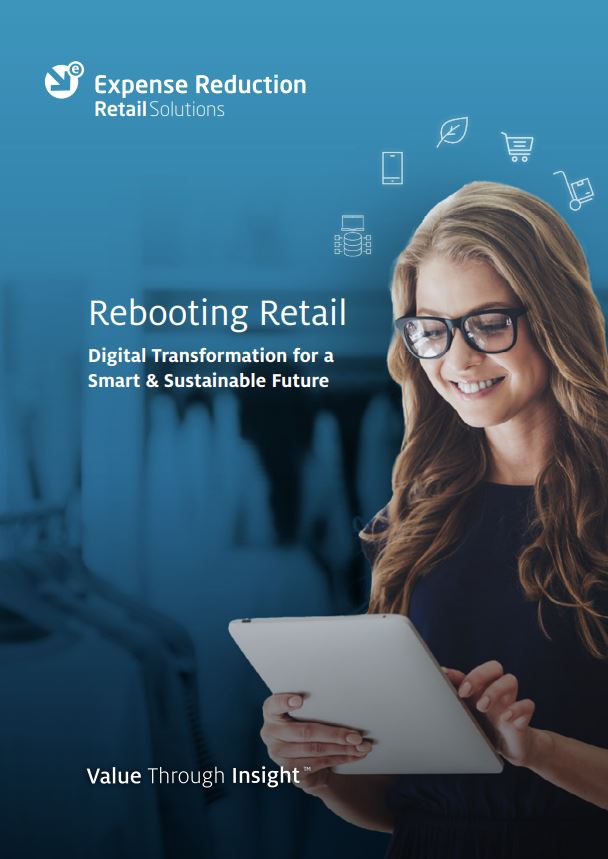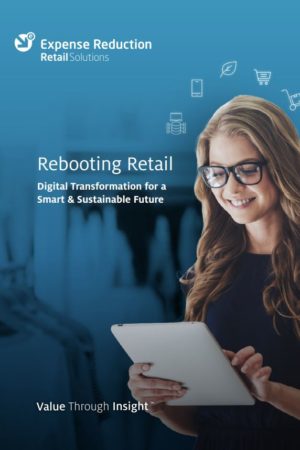The Future of the Retail Industry – What challenges will we see from 2021 to 2030?
Undeniably, the retail sector has been one of the industry’s most severely affected by the recent health and economic crisis. As health and safety concerns became a key factor in the decision-making process, consumer behaviour and habits have changed at record pace and technological adoption – originally predicted to evolve over years – took place just in few months.
Retailers need to have a strong omnichannel strategy which offers their customer the best possible experience, no matter where the experience happens. It’s time to upgrade and refine e-commerce strategies and functionality to integrate the digital journey including the store network and to make every customer experience personal and tailor-made. These are reachable goals, thanks to the immense power that technologies such as predictive analysis (powered by Artificial Intelligence engines “crunching” big data) represent.
Download our full whitepaper today which explores the future of the retail industry, offering recommendations for key elements like digitization, automation and the evolving role of Bricks and Mortar companies. You will also find lots of detail about the “Phygital” world, with additional recommendations for improving your combined physical and digital customer journey.
Download the full whitepaper today
Please enter your email address to download this file.
“Any company that wants to stay relevant in the future should think about sustainable behaviour."
The “Phygital” World
One of the most important topics discussed within our whitepaper, is the rapid growth of the Phygital world.
With the impact of digital transformation arguably affecting most areas of the consumers’ decision-making process, it’s no surprise that we have now entered a ‘phygital’ world.
Consumers now experience a simultaneous physical and digital journey – phygital. By adopting an omnichannel or multichannel approach, retailers will be able to leverage key information around their consumers’ habits and define new fundamental ways of interacting with them in this new dimension.
Customers now interact with the brands in both ‘worlds’. They visit stores, they find a product of interest and whilst there, they use their mobile phone to browse the web to check if the price is right and to look for further information about the item. Fully understanding this hybrid scenario is key to the success of retailers, but navigating these new shopping dimensions is by no means easy.
This is the reason why, for example, there are various scale-ups (start-ups in their growth stage) that are helping medium-sized chain stores to attract customers to their stores with the use of technology, as the physical experience is still necessary for them.
Download the full whitepaper today which explores the key trends related to the Phygital world, offering recommendations for how you can adapt your own business to leverage these rapidly growing trends.
Rapidly Growing Retail Industry Trends
- Responsive mobile experience: the absolute necessity of making sites responsive – enabling them to adapt to different screen sizes and dimensions easily and automatically – was among the first steps towards an upgraded customer experience.
- Dedicated mobile applications: building a dedicated mobile app tailored to the needs of mobile users. Today, missing a dedicated mobile app is a clear sign that a brand is not taking customer experience seriously.
- Pushing the limits of omnichannel communication: integrating and gathering all types of services and information, all from a single mobile device or a simple wristband, duly programmed for the sake of customers (hotels, resorts, cruises, trips, amusement parks, …).
- A deeper experience built around a product: all types of upgrades making a store a recreational destination, getting more products in the hands of customers, and creating new, unusual, or simply non-expected connections between customers and the virtual/physical store and/or agents/staff, for the purpose of the product.
- Re-imagining the idea of customer service: setting up an original service based on full differentiation from what direct or indirect competitors may be able to offer, generating a need for continued customer engagement and transform it into a way to deepen relationships.
- Rising retail space and incorporating elements of technology to enable a more “perfect” customised experience: one of the most compelling visions for the future of in-person shopping can be found in Rebecca Minkoff stores.
“Stores, brands, companies aren’t just expected to be available ALL THE TIME anymore, but the new paradigm in businesses around the world is that customers expect them to be available ANYWHERE.”
Purchases are currently centered on the most basic needs
Personal health is the top priority for the consumers, followed by the health of friends and family. Food and medical security,
financial security and personal safety are other leading priorities.
People are shopping more consciously
Seeking to limit food waste, being more cost-oriented and buying more sustainable options. Brands will need to make this a key part of their offer (e.g. exploring new business models).
People are buying local
Such desire is reflected in both the products consumers buy (e.g. locally sourced, artisanal, closer to nature) and the way they shop (e.g. supporting community stores). “Consumer packaged goods” brands will need to explore ways to connect locally (e.g. through highlighting local provenance).
People are embracing digital commerce
Essentially for grocery shopping, a rise that is likely to
keep sustained post-covid.
Managing the global and social impact of isolation
Consumers are using digital to connect, learn and play—and they probably will continue to do so.


